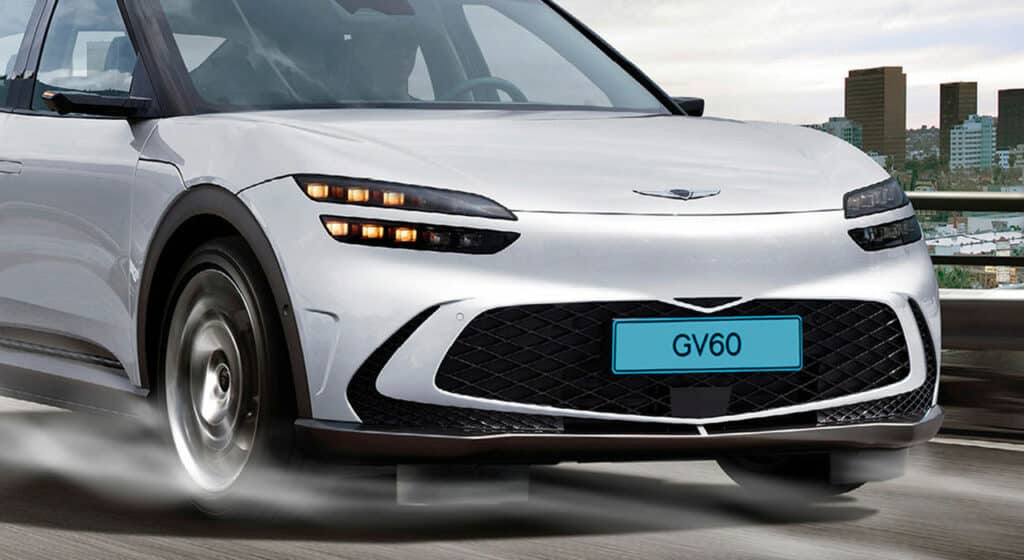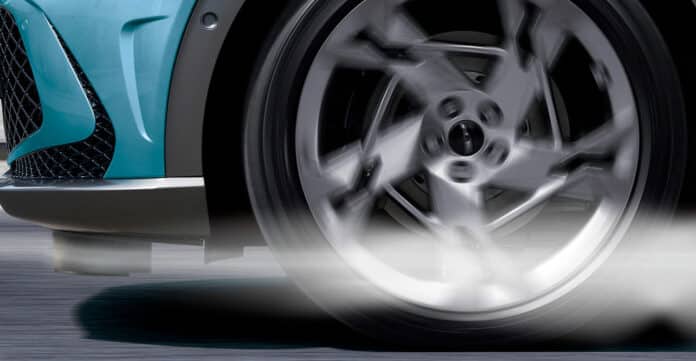In the era of electric vehicles, the competition to achieve a better driving range from a single charge has become increasingly fierce. This has made the relationship between vehicles and aerodynamics more important than ever before. Aerodynamic performance has a significant impact not only on power and efficiency but also on driving stability and wind noise.
To stay ahead of the competition, vehicle manufacturers are exploring various measures to reduce the coefficient of drag (Cd), which is the resistance coefficient of the air acting in the opposite direction of the vehicle’s motion. By reducing the Cd, manufacturers can improve the aerodynamic efficiency of their vehicles, ultimately increasing the driving range and energy efficiency of their electric cars.
In a similar effort, Hyundai Motor Company and Kia Corporation have developed a new active aerodynamics system for electric vehicles. The ‘Active Air Skirt’ (AAS) technology minimizes the aerodynamic resistance generated during high-speed driving, effectively improving electric vehicles’ driving range and driving stability.
The technology controls the flow of air entering through the lower part of the bumper and operates variably according to the vehicle speed during high-speed driving to control the turbulence generated around the vehicle wheels.
Installed between the front bumper and the vehicle’s front wheels, the AAS system is hidden during normal operation. But it operates at speeds over 80 km/h (50 mph) when the aerodynamic resistance becomes greater than the rolling resistance and is stored again at 70 km/h (43 mph). The system only deploys when necessary to prevent frequent operation in specific speed ranges.
Additionally, the AAS only covers the front part of the tires, which is more effective in improving aerodynamic performance due to the flat floor of Hyundai Motor Group’s E-GMP platform for EVs. This also enhances the vehicle’s downforce, improving its traction and high-speed stability.

Also, the application of rubber material on the lower part has made it possible to drive at speeds up to and over 200 km/h (124 mph). This reduces the risk of external objects splashing and damaging while driving at high speeds and ensures durability.
Hyundai Motor and Kia have also tested the AAS system on Hyundai’s GV60 e-SUV, reducing the drag coefficient by 0.008 and improving drag by 2.8%. This can result in an additional range improvement of about 6 km (3.7 miles).
They have applied for related patents in South Korea and the United States and plan to consider mass production after durability and performance tests.
“This technology is expected to have a greater effect on models such as SUVs where it is difficult to improve aerodynamic performance,” said Sun Hyung Cho, Vice President and Head of the Mobility Body Development Group at Hyundai Motor Group. “We will continue to strive to improve the driving performance and stability of electric vehicles through improvements in aerodynamics.”
